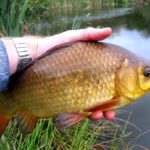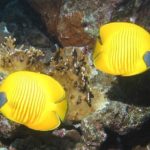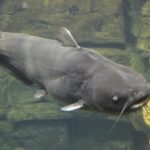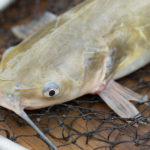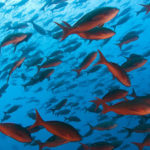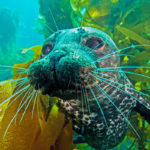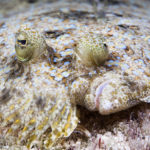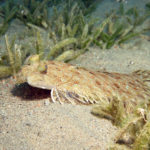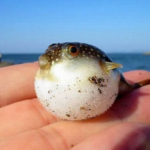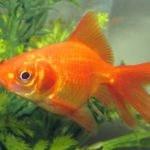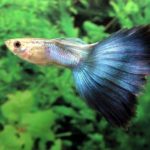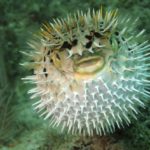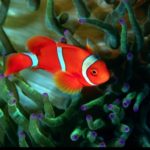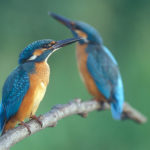Catching perch on spinning
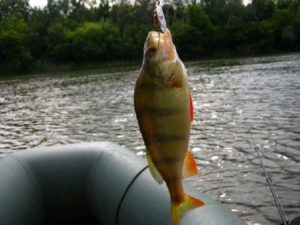 Perch is one of the most common fish found in Russian waters. It can be found both in reservoirs and deep rivers, and on small forest streams and lakes. Such a prevalence of perch due to the simplicity of the fish to the water quality and composition of the bottom, as well as the omnivorous fish. Perch treat the perch squad. As a rule, the average size of fish is 10–20 cm, but in favorable conditions the length of a perch can reach 50 sentiments, and a weight up to 2 kg.
Perch is one of the most common fish found in Russian waters. It can be found both in reservoirs and deep rivers, and on small forest streams and lakes. Such a prevalence of perch due to the simplicity of the fish to the water quality and composition of the bottom, as well as the omnivorous fish. Perch treat the perch squad. As a rule, the average size of fish is 10–20 cm, but in favorable conditions the length of a perch can reach 50 sentiments, and a weight up to 2 kg.
Perch is a schooling fish, the number of such schools can vary from one dozen to several hundred specimens. The perch has a laterally compressed body covered with small scales, the color is greenish-yellow with transverse dark stripes, the pectoral and pelvic fins are red. Coloring depends on the nature of the bottom; The perch living in ponds with a silt bottom has a darker color. Spawn perch in early spring. Spawning has a one-time character. For spawning, the perch chooses small areas of the reservoir that are most heated and rich in oxygen.
Perch treat predatory species. The share of small fish in the diet of an adult perch can reach 80%, but, despite this, in the diet of the perch in addition to small fish also includes worms, insect larvae, crustaceans. The prevalence of perch and its omnivorousness determine its popularity among amateur fishermen.
Depending on the habitat of the perch, like pike, it is customary to divide into two conditional subspecies: the perch “grass” and the deep perch. Perch “grass” in its habitat selects shallow areas of rivers and reservoirs, areas in close proximity to the shore. It is small in size, rarely exceeding a length of 10-15 cm.
Deep bass lives in deep areas of the reservoir, if there is a snag in them, raiding shallow water, or squeezing small fish to the surface, thereby forming a “perch boilers.”
There are many ways of catching perch today: it is a float fishing rod, spinning, fly fishing, sheer glitter, and also a donk. But we will focus on the most popular methods of catching perch.
Catching perch on spinning is undoubtedly the most common way to catch perch. As baits fit spinners, wobblers, different in their characteristics, ranging from surface poppers, ending with deep-sea “compilers,” as well as vibrating tails and twisters, dressed in jig heads.
When catching a perch, it is better to use the middle class rod, rejecting too soft or hard rods, due to the fact that the soft rod will not allow you to give the bait the movements you need while “twitching”, and using a hard rod will lead to an increase in gatherings, since the perch lips are very the weak. As a result, the cutting should not be sweeping, enough small but clear movement in order for the perch to be on the hook. The leash is not used when catching perch, as this will dramatically reduce the number of bites, although the perch is an avid hunter, grabbing everything that moves, but the leash makes it alert.
When fishing for float fishing, the most popular nozzles are a worm, bloodworm, leech. You can use both flywheel and Bologna, and plug and match rods, it all depends on the specific conditions of fishing and the reservoir. By closer autumn, which accounts for the peak of perch activity, fishing on a float fishing pole brings the best results, as a nozzle at which small fish is used.
The most promising areas for catching perch are coastal pits with an abundance of snags, coastal areas with trees hanging over the water, sharp edges, any changes in the bottom relief on even waterings.
Catching perch combines both high performance and great sporting interest, therefore perch is always a welcome trophy for amateur fishermen.



